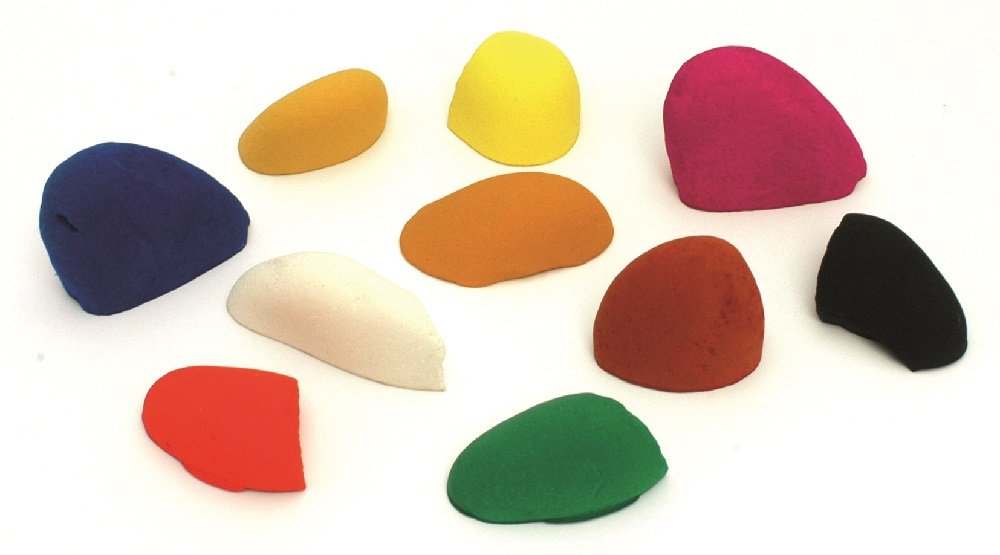Pigmenting of A1
It is possible to colour A1 using our liquid A1 Pigments. Add up to 2% pigment to the weighed total amount of A1, or less, until the desired colour is reached.


Assortment
The base colour of A1 is ivory white. If desired, we have A1 suitable pigments in 10 colours with which the A1 can be coloured through and through. These pigments are highly concentrated and are added up to a maximum of 2% to the A1. Often a lower dose is sufficient to achieve the desired result. The A1 Pigments can be mixed with each other so that almost all RAL colours can be made.
Constant colour
We advise to work with 1 batch of pigment to prevent colour differences as much as possible. It is also possible, especially if a constant colour is required for large projects, to provide all the necessary A1 Liquid with a colour pigment in advance. It is almost impossible to achieve a 100% equal colour for all products. That is why we advise you to make it clear that colour differences are possible.
From ivory white to white
White is available in many colours and often one of the more difficult colours to realise. A few suggestions to achieve the desired white look are:
- use our A1 extra white version,
- A1 with max 2% white pigment,
- A1 Sealer PLUS with white pigment and then apply in 1 or more thin layers. Finish with a non-pigmented A1 Sealer PLUS layer,
- a combination of the above possibilities.
Other pigments
It is possible to use pigments from other suppliers to colour A1. In some cases, these pigments can affect the quality of the A1, ranging from slowing down/blocking the curing process to decreasing the weather resistance. Hence our advice to test this in advance.
Heat vs. colour
Dark colours absorb more heat than light colours. We also see this happening with dark coloured A1 objects. Although it does not affect the quality of the A1, these high temperatures can affect the materials and construction used in the A1 object.
UV exposure
The present A1 pigments are UV stable for a considerable period. However also A1 with pigment will change colour due to the influence of the weather. How much is difficult to say as this depends on the intensity of the weather influence on the A1 object, the use of a sealer or coating system, the % of pigment used and the colour of the pigment.

